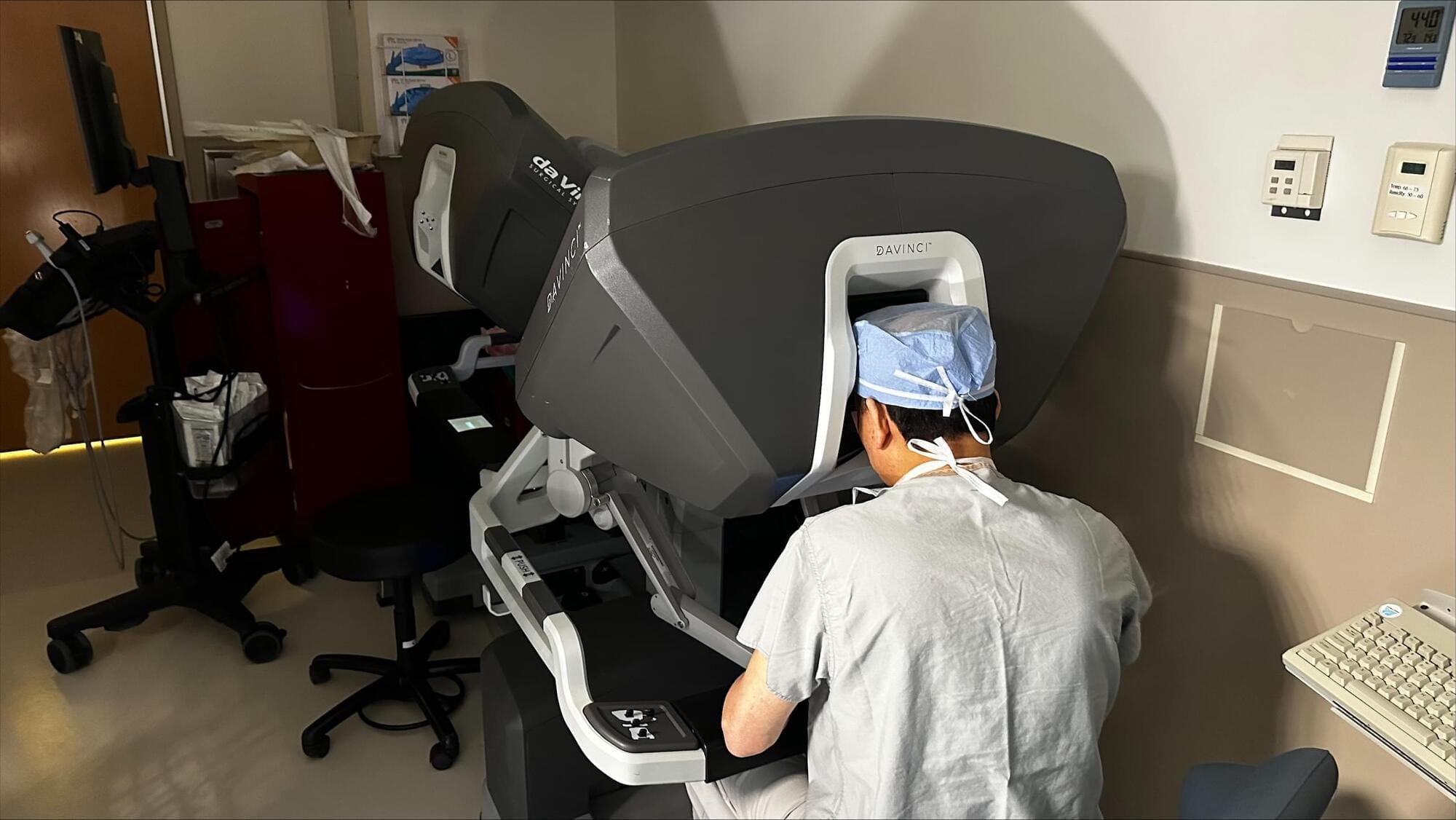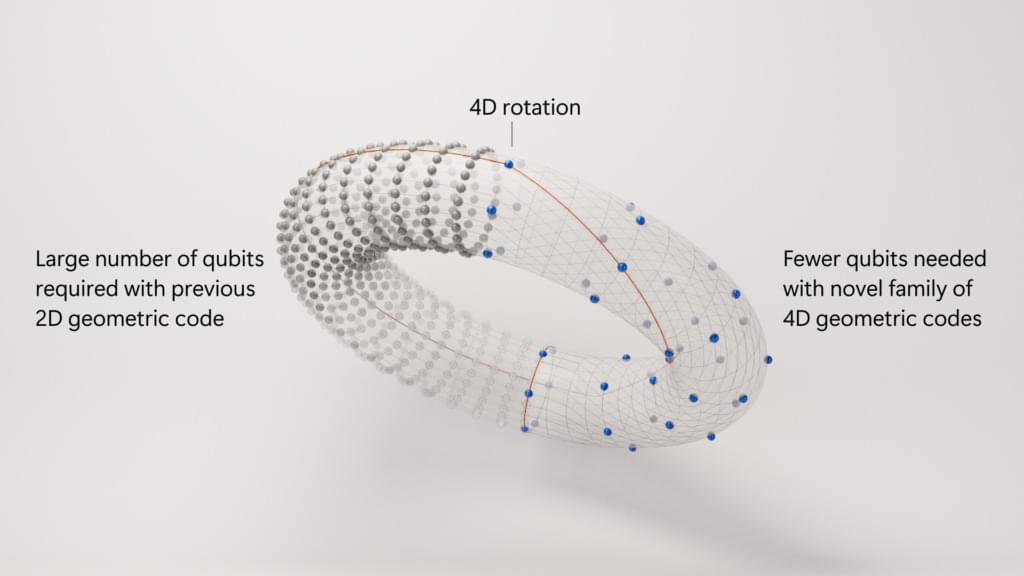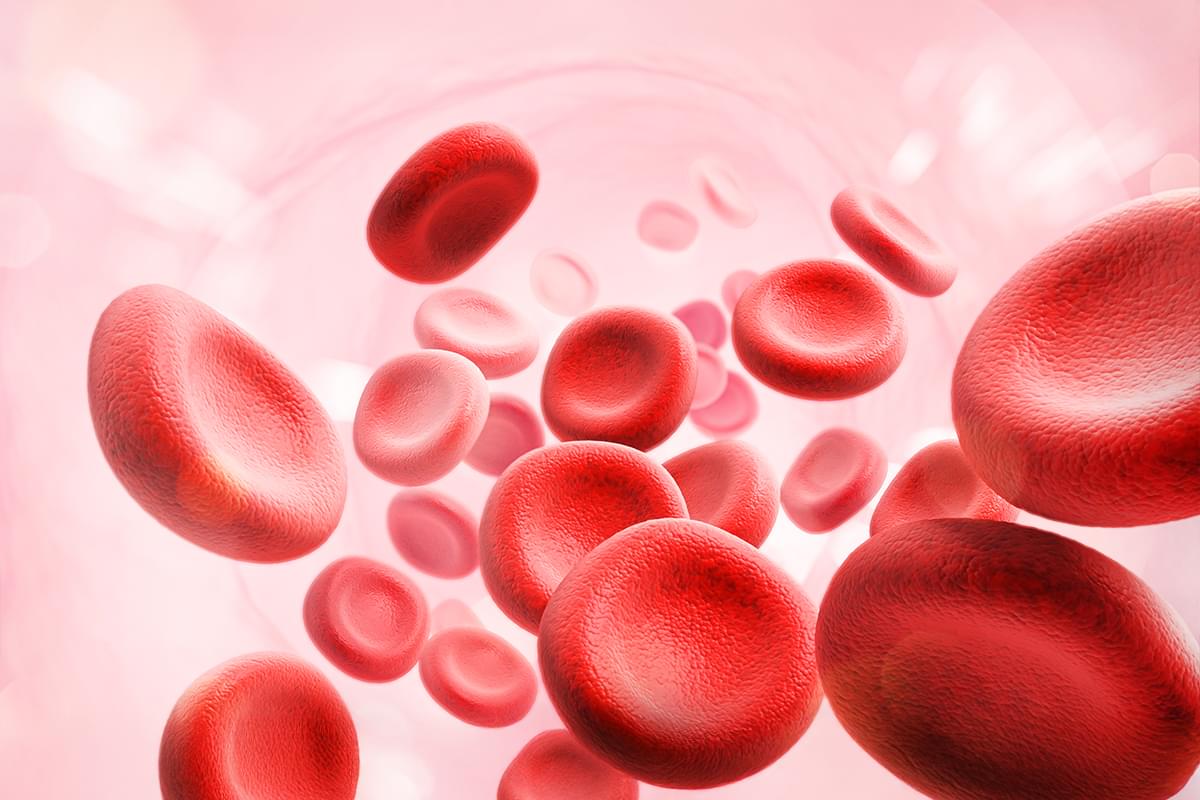An international team of researchers, including members from the Kavli Institute for the Physics and Mathematics of the Universe (Kavli IPMU, WPI), has directly observed “highly charged muonic ions,” a completely new class of exotic atomic systems, in a gas-phase experiment for the first time. The study was published online on June 16 in Physical Review Letters.
The observation highlights the capabilities of advanced superconducting transition-edge-sensor (TES) microcalorimeters in revealing previously inaccessible atomic phenomena.
Normal atoms consist of a nucleus and bound electrons and are electrically neutral. However, when many electrons are removed, the atom becomes highly charged. These charged atoms, known as highly charged ions, are valuable tools for research across various fields, including fundamental physics, nuclear fusion, surface science, and astronomy.







